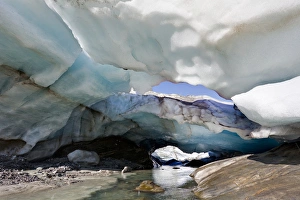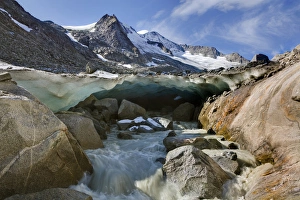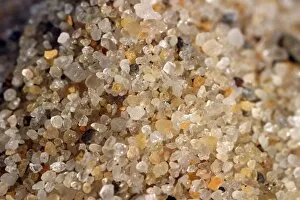Periglacial Collection
Periglacial environments are characterized by extreme cold temperatures and the presence of frozen ground, known as permafrost
All Professionally Made to Order for Quick Shipping
Periglacial environments are characterized by extreme cold temperatures and the presence of frozen ground, known as permafrost. These unique landscapes can be found in regions near the Earth's poles and high mountain ranges, where freezing temperatures persist for extended periods. In these frigid terrains, ice wedges (DDE-90028882) form intricate patterns within the frozen ground, creating a mesmerizing sight. These wedges result from repeated cycles of freezing and thawing, causing cracks to widen over time. They not only add an aesthetic appeal but also play a crucial role in shaping the landscape. The periglacial zone is home to various landforms shaped by frost action. One such example is pingos (DDE-90028881), which are conical hills formed when groundwater freezes and expands beneath the surface. As this process continues over thousands of years, pingos rise above their surroundings like icy mounds. Another fascinating feature found in periglacial areas is patterned ground (DDE-90028864). This phenomenon occurs due to freeze-thaw processes that sort sediments into distinctive arrangements such as polygons or stripes. The resulting patterns create an otherworldly appearance across vast stretches of land. Permafrost acts as a natural freezer preserving ancient remains like mammoths (DDE-90028863). When these creatures became trapped in ice thousands of years ago, they were remarkably preserved until discovered by scientists today—a testament to the power environments. The harsh conditions prevailing in these regions pose challenges for both humans and wildlife alike. However, some organisms have adapted remarkably well to survive here. Arctic foxes (DDE-90028860), snowshoe hares (DDE-90028859), and musk oxen (DDE-90028858) are just a few animals that thrive despite sub-zero temperatures. Climate change poses significant threats to periglacial environments.





















